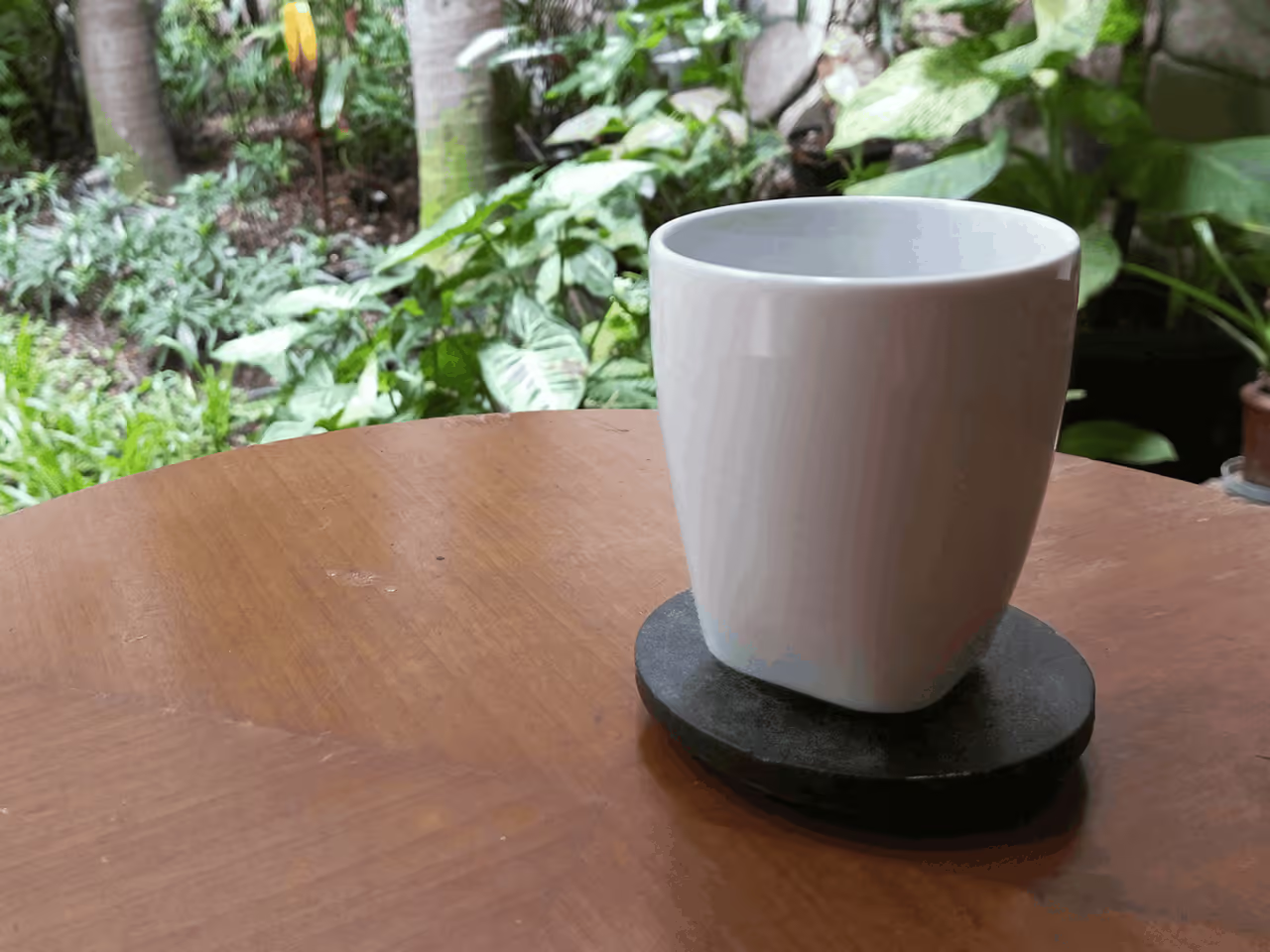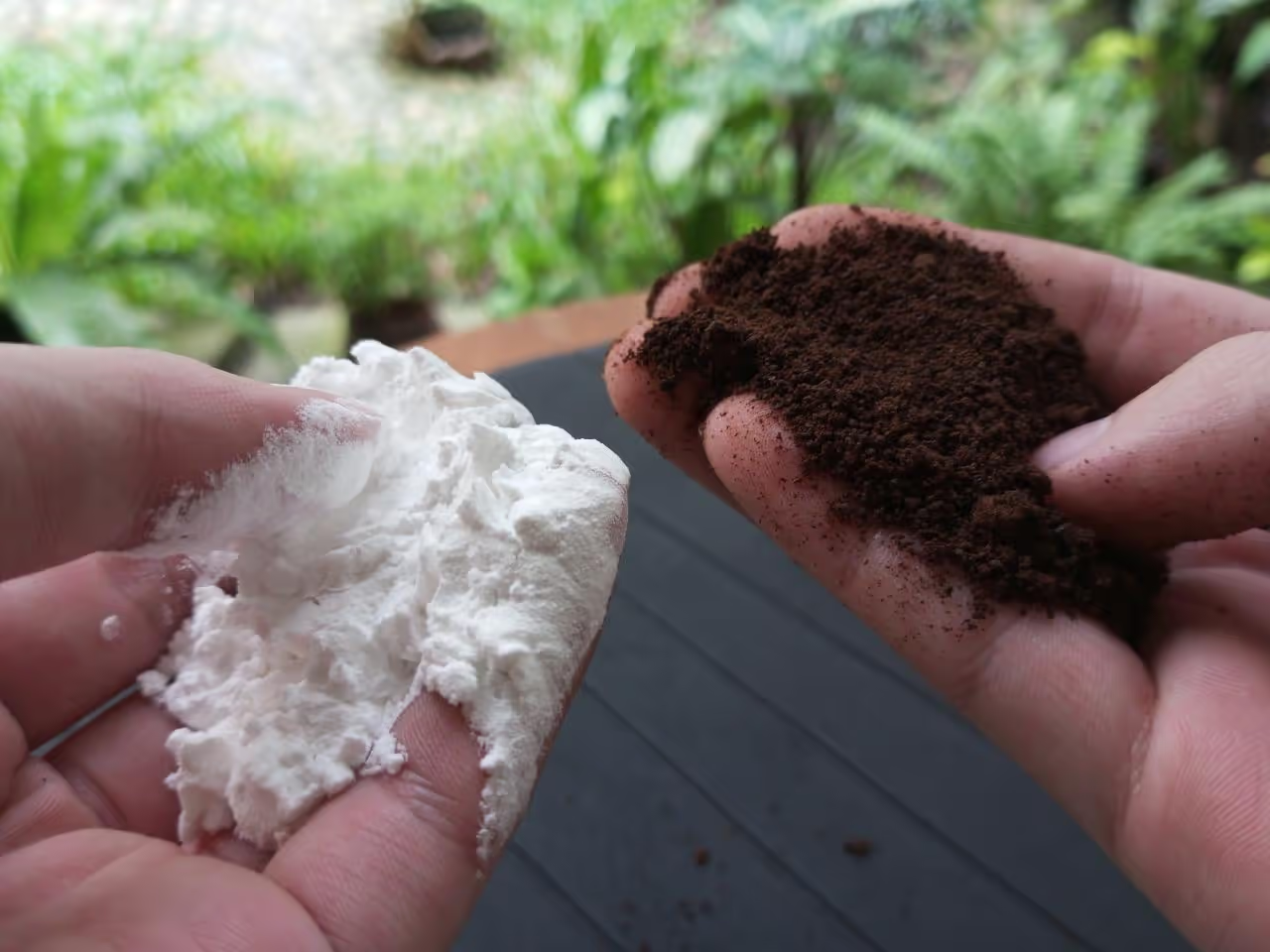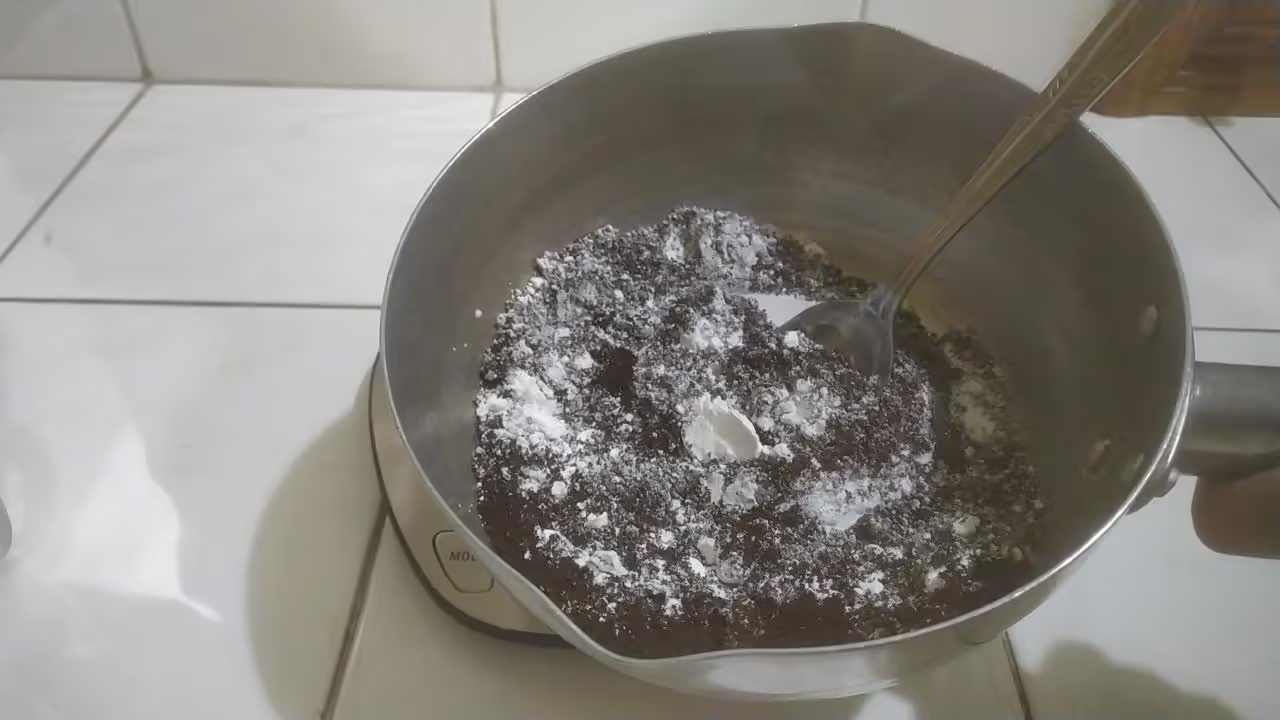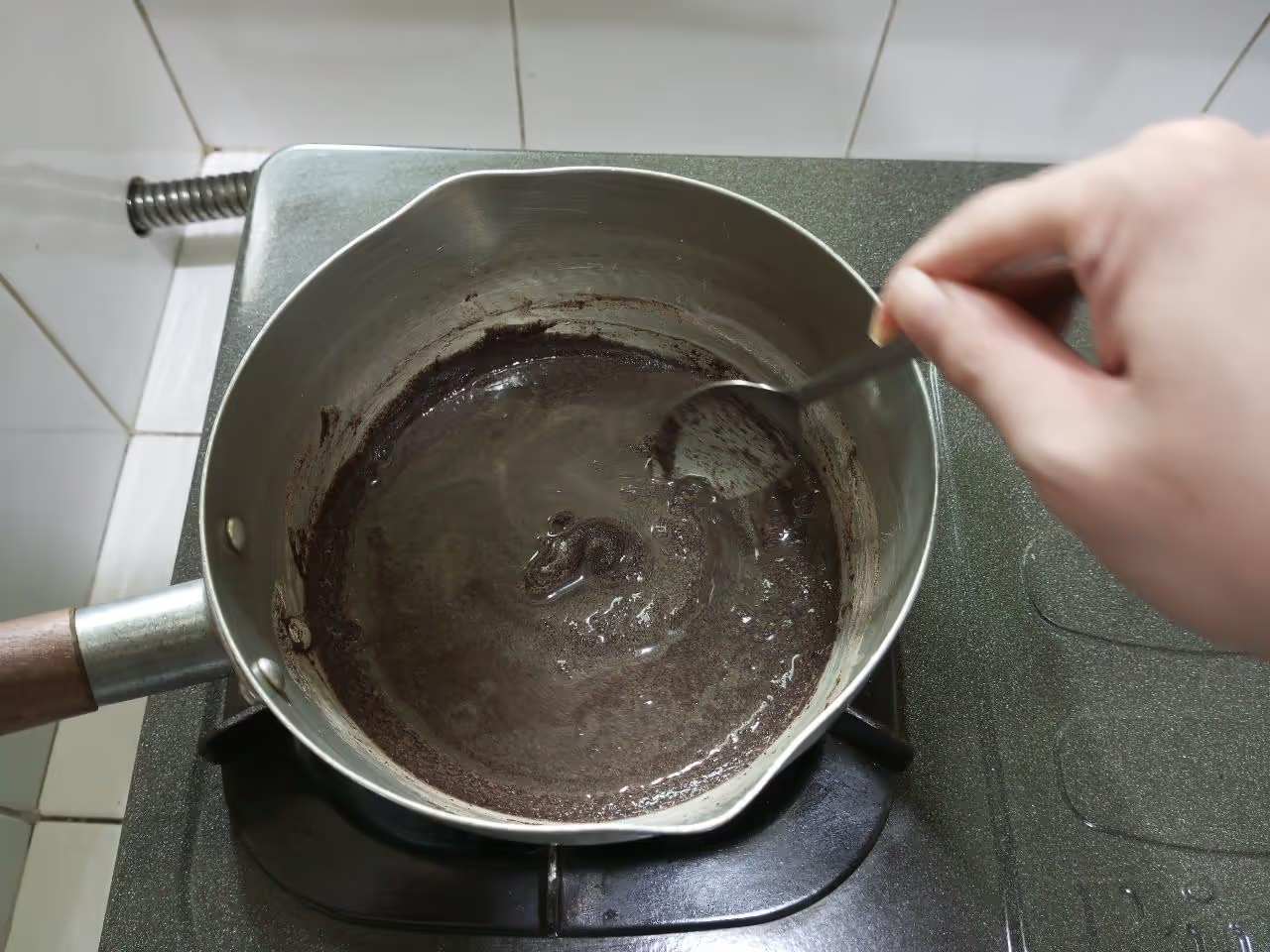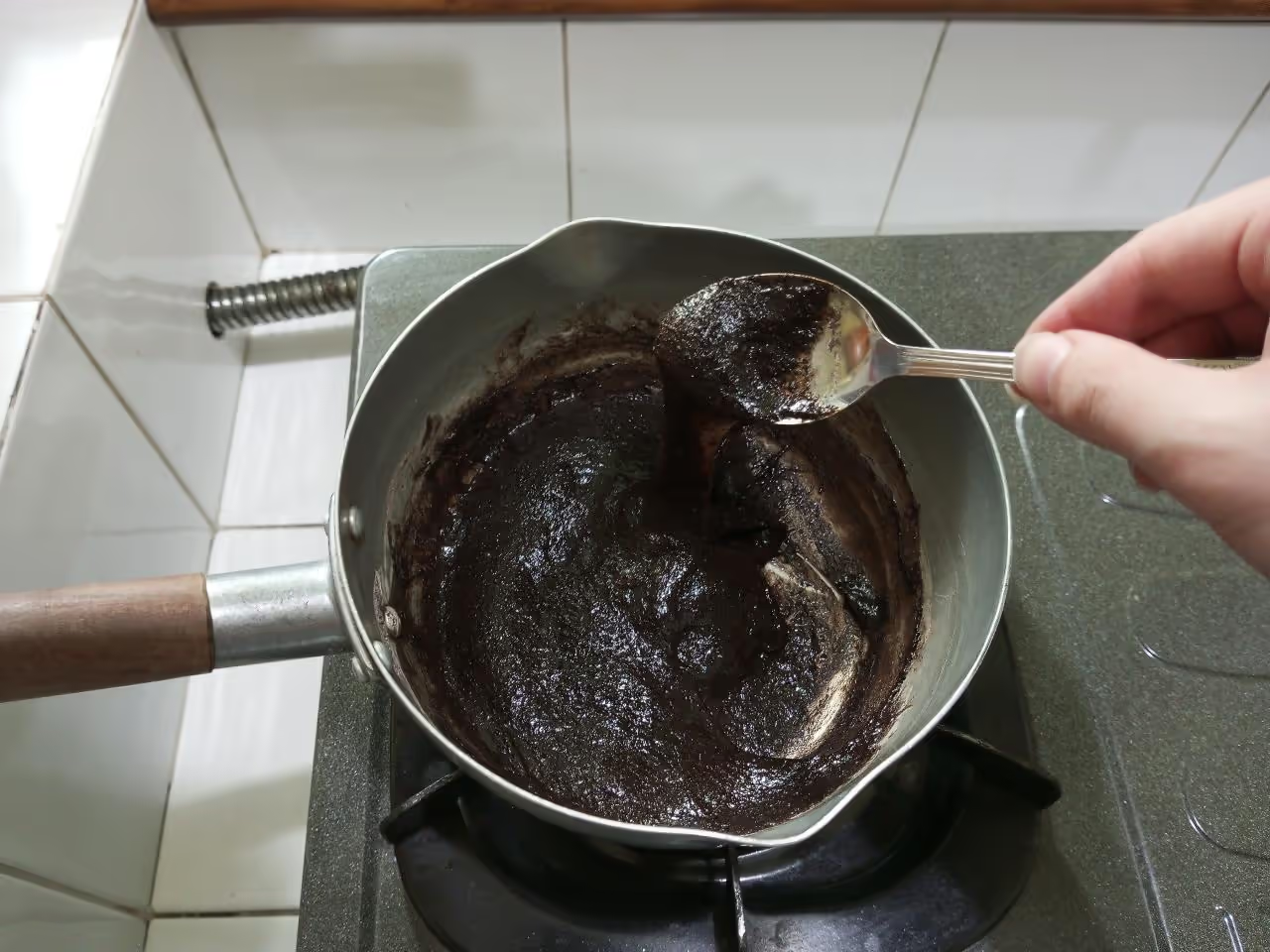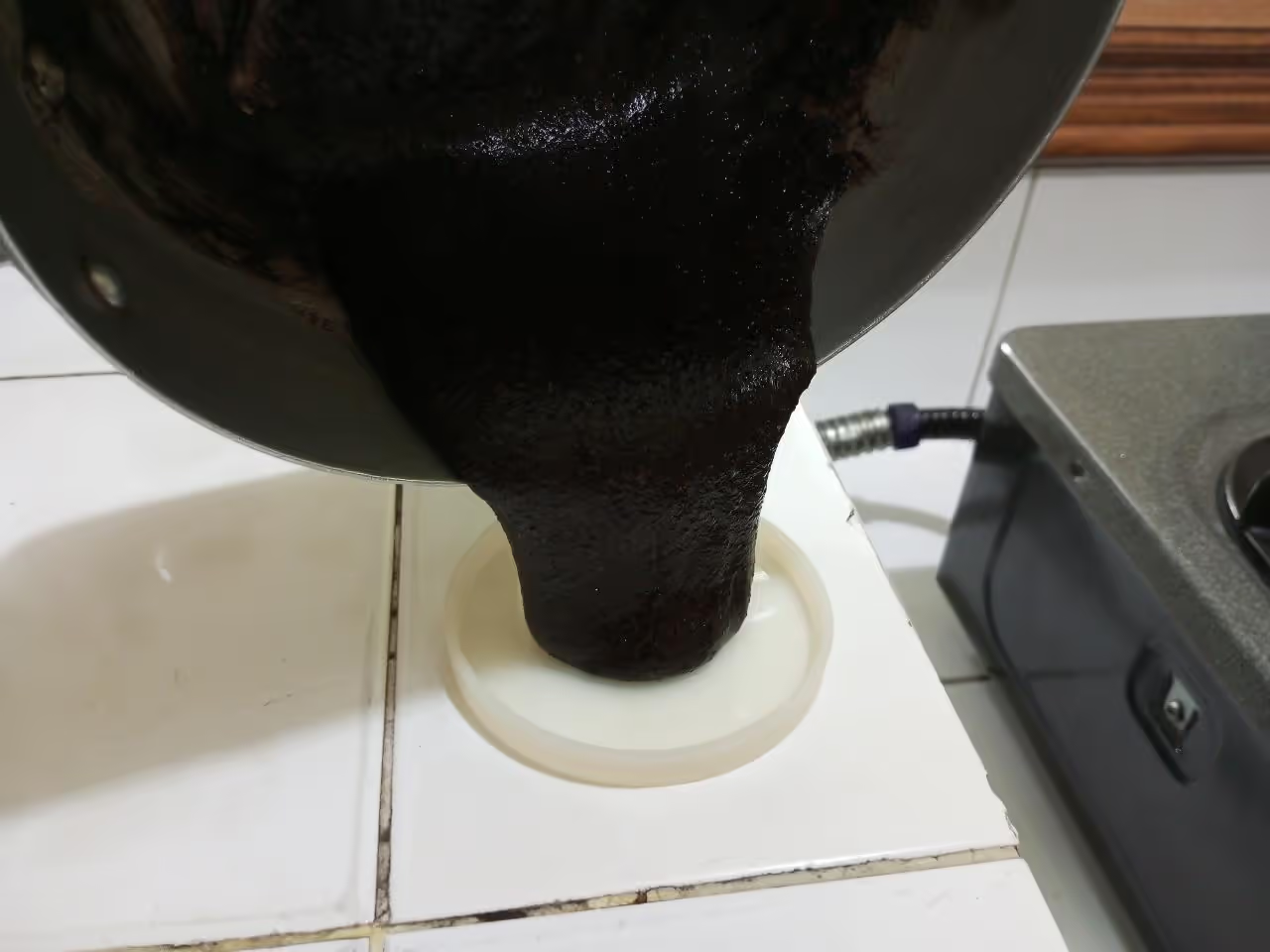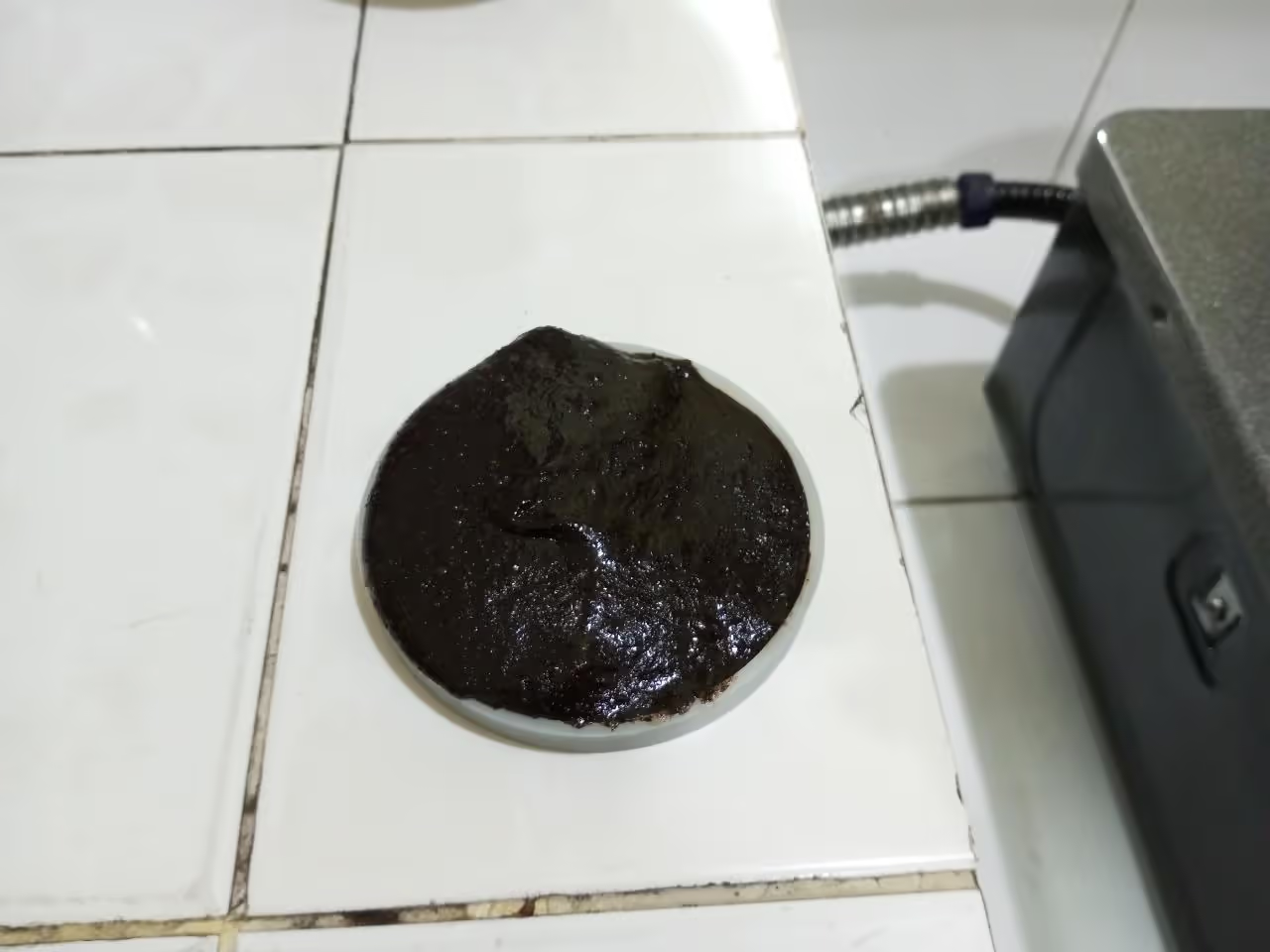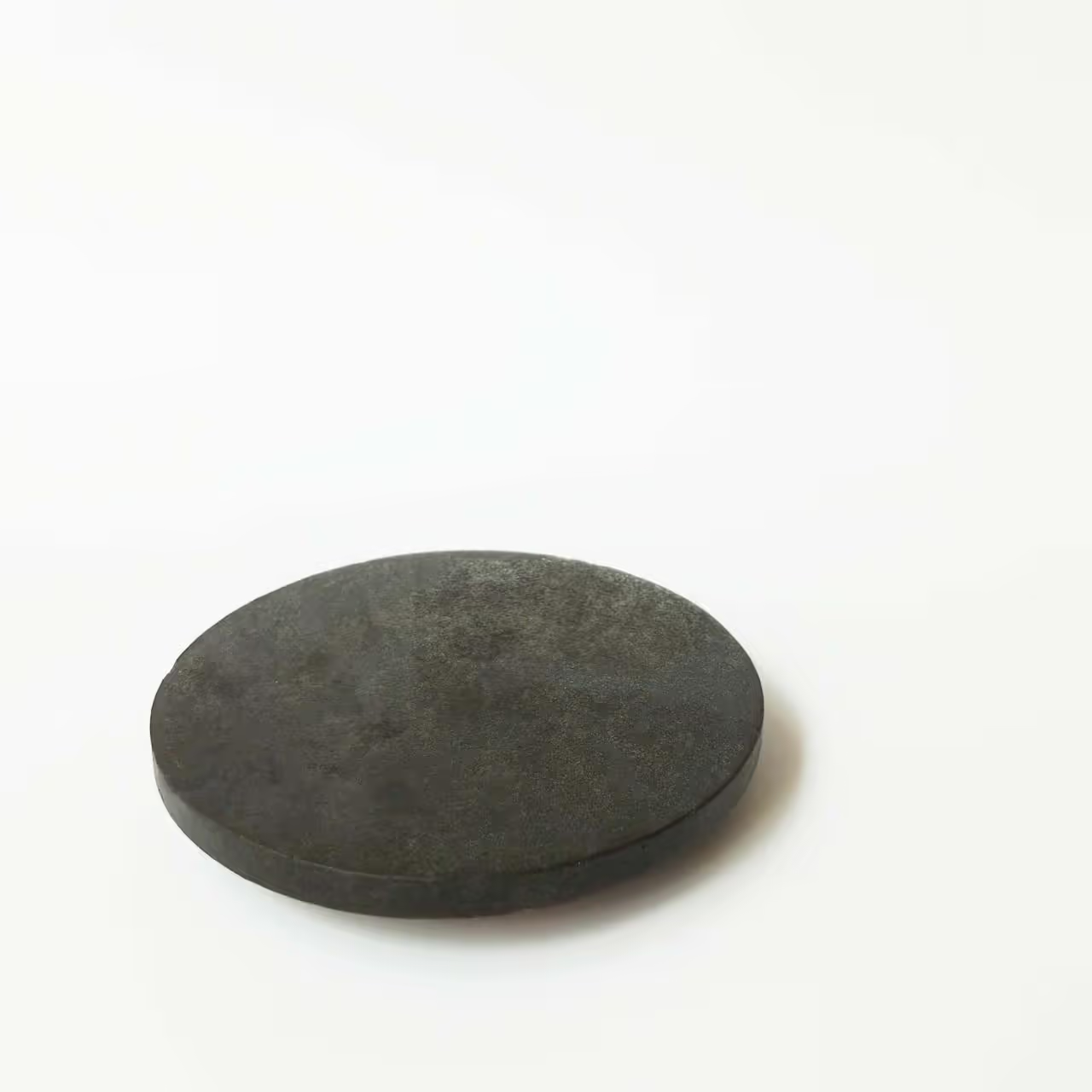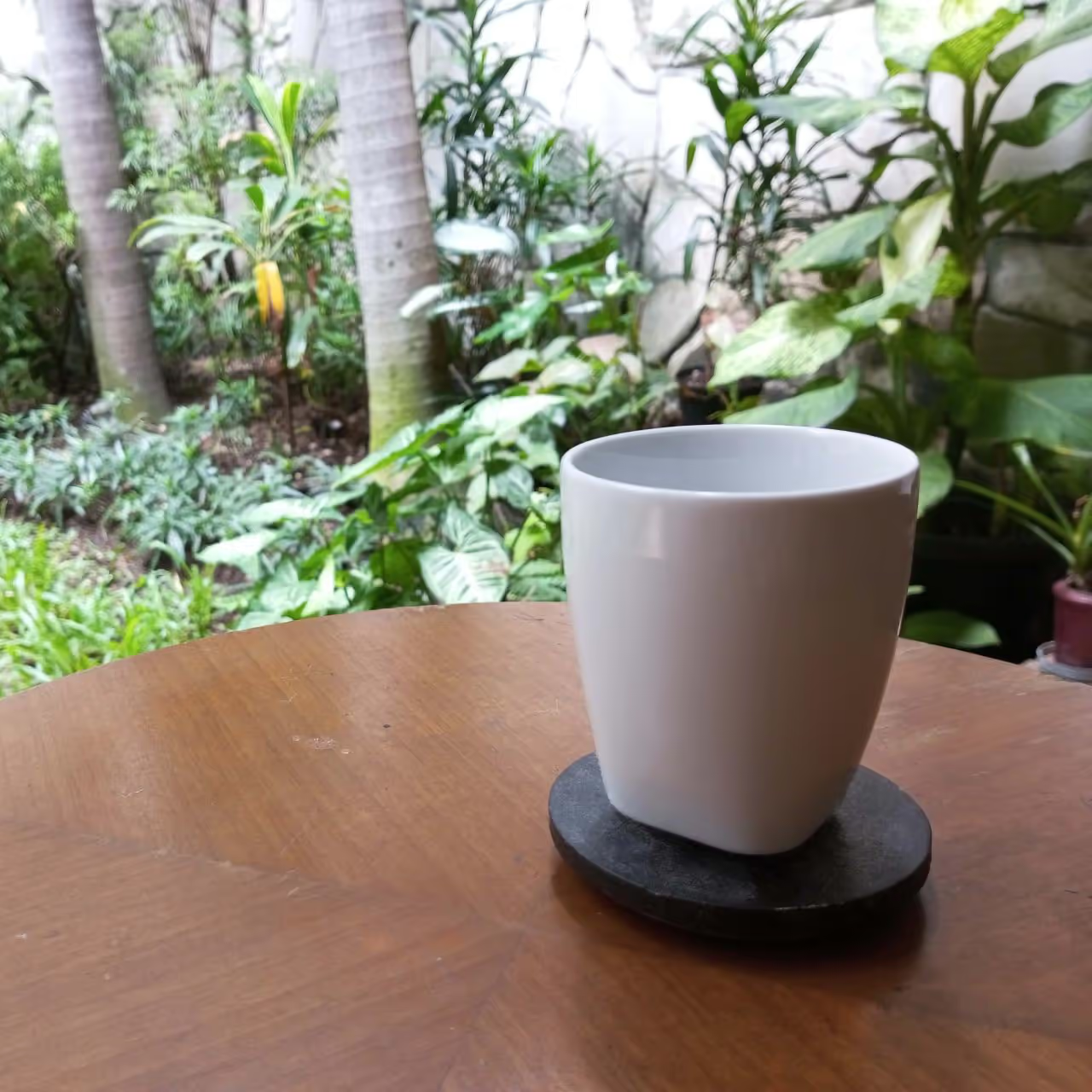The increasing popularity of coffee results in significant waste from coffee grounds. Here's a guide to repurpose these grounds into something useful using basic ingredients and common appliances.
Table of Contents
-
Prepare all ingredients before beginning, as the process is rapid. For this specific brick and mold, combine 7 tablespoons (103.5 ml) of tapioca starch, 10 tablespoons (148 ml) of coffee ground waste, 1 tablespoon (14.8 ml) of vinegar, and 180 ml (6.1 fl oz) of water. Experiment with different ratios for varied characteristics. Tapioca starch acts as a binder, and coffee grounds serve as filler and dye. Mix thoroughly until smooth.
-
This process requires quick action. Cook the mixture on low heat, stirring continuously until it thickens. Once thickened, turn off the heat to complete the cooking process.
-
Transfer the thickened mixture to your mold. Use wax or line the mold with wax paper for easy release once dried.
-
Allow the mixture to dry into a solid piece at room temperature for 2 to 4 days, depending on the mold size and brick thickness. Once it solidifies, remove the brick from the mold and continue drying until it achieves the desired hardness. To expedite the process, consider using an oven.
Ingredients
- Tapioca starch (binder) [^1]
- Coffee ground waste (filler/dye) [^1]
- Vinegar [^1]
- Water [^1]
Tools & Equipment
- Mixing bowl [^1]
- Stirring utensil [^1]
- Stove/cooktop (low heat) [^1]
Molding Supplies
- Mold (size varies) [^1]
- Wax or wax paper (for mold lining) [^1]
Drying Equipment
- Room-temperature drying space (2–4 days) [^1]
- Oven (optional, for faster drying) [^1]
[^1]: Tutorial text details
Here is the organized list of references grouped by type:
Articles
- How to Make a Coffee Fire Log
- Coaster from Coffee Waste
- Recycling Coffee Grounds for Sustainability
- Coffee Grounds Recycling Service
- Red-Brick Coffee Shop Design
Academic Papers
- Utilization of Coffee Waste in Bricks (IJETT)
- Spent Coffee Grounds as Building Material (PMC)
- Coffee Grounds in Sand Concrete (Aljest)
- Handmade Bricks with Coffee Husks
YouTube
Open-Source Designs
- Broke: Open-Source NFC Tag Project
- [filtered] Coffee Waste Design
